Opioid addiction is a challenging and deeply personal struggle that affects millions of individuals and their families every year. For people who are dealing with this ailment, finding the right path to recovery is crucial. In recent years, medication-assisted treatment (MAT) has emerged as a highly effective option for people battling opiate dependency. This type of addiction treatment combines medications with counseling and behavioral therapies to address both the physical and psychological aspects of opioid addiction. Two of the most commonly prescribed MAT options are Sublocade and Suboxone. Understanding the differences between these two medications can help individuals make informed decisions about their treatment and move closer to a healthier, addiction-free life. In this article, we’ll take a closer look at both Sublocade and Suboxone, examining their uses, differences, and benefits for those seeking recovery.

Table of Contents
What is Medication-Assisted Treatment (MAT)?
Medication-assisted treatment is a comprehensive approach to treating opioid addiction that combines FDA-approved medications with counseling and behavioral therapies. MAT helps individuals reduce or eliminate their use of opioids, manage their withdrawal symptoms, and maintain long-term sobriety. By addressing both the person’s physical dependency on opioids and the psychological aspects of addiction, MAT offers a balanced and effective path to recovery. Two of the most prominent medications used for MAT are Sublocade and Suboxone, each of which offers unique advantages. Factors like your personal needs, your lifestyle, and the specifics of your addiction can help determine which medication is the best fit for you.
What Is Sublocade?
Sublocade is an injectable medication containing buprenorphine, which is a partial opioid agonist. Typically, Sublocade is prescribed to be taken once per month. Unlike traditional daily medications, Sublocade offers a long-acting solution that works steadily to reduce the individual’s cravings and alleviate the withdrawal symptoms associated with opioid addiction. By maintaining a consistent level of buprenorphine in the body, Sublocade can help stabilize a person who’s going through opioid detoxification. This makes it easier for them to focus on the behavioral and psychological aspects of their recovery journey.
How Does Sublocade Work?
Sublocade works by binding to the same opioid receptors in the brain that the addictive substances target. However, the buprenorphine in the medication only partially activates the receptors, which allows it to effectively reduce cravings and withdrawal symptoms without any of the intoxicating effects that traditional opiates have. The monthly injections of Sublocade ensure a steady, consistent dose, reducing the likelihood of missed doses and helping the individual stick with their treatment plan. Additionally, because of its injectable form, Sublocade minimizes the potential for misuse when compared to sublingual tablets or films, making it a safer treatment option for those with a history of serious substance abuse.
What Is Suboxone?
Suboxone is a daily medication that comes in the form of a sublingual film, which the patient dissolves under the tongue or in the cheek, or a tablet. Suboxone combines buprenorphine with naloxone, an opioid antagonist. This combination is designed to manage opioid dependence by addressing both the physical and psychological aspects of addiction. Suboxone not only reduces cravings and withdrawal symptoms, but it also helps prevent misuse of the medication by blocking the intoxicating effects of opioids.
How Does Suboxone Work?
Similar to how Sublocade works, the buprenorphine in Suboxone helps to alleviate cravings and withdrawal symptoms by binding to the opioid receptors in the brain. However, Suboxone also includes naloxone, which is included in the medication to deter opioid abuse. If a Suboxone tablet were to be crushed and injected, the naloxone in the medication would trigger withdrawal symptoms and prevent the person from feeling “high.” This makes it far less likely for individuals to abuse Suboxone or any other opiates while taking the medication. This dual-action medication provides the support needed to manage their addiction and get through the detoxification process, while also reducing the likelihood of further opioid abuse.
Unlike Sublocade, Suboxone requires daily self-administration, making it a more flexible option for people who prefer to have full control over their medication schedule. Suboxone can be a great choice for routine-oriented individuals and those who want to take a hands-on approach to their recovery.
Key Differences Between Sublocade and Suboxone
When selecting the MAT option that’s right for you, it’s important that you understand the differences between Sublocade and Suboxone.
Administration
- Sublocade: Administered as a monthly injection by a healthcare professional.
- Suboxone: Taken daily as a sublingual film that is placed under the tongue.
Ingredients
- Sublocade: Contains only buprenorphine.
- Suboxone: Combines buprenorphine with naloxone to prevent misuse.
Convenience
- Sublocade: Uses a long-acting formula that requires less frequent dosing, reducing the burden of daily medication.
- Suboxone: Requires daily self-administration, providing flexibility but also necessitating consistency with the dosage schedule..
Benefits of Each Medication
Both Sublocade and Suboxone offer a number of unique benefits. Each medication is tailored to different needs and preferences for the MAT process.
Benefits of Sublocade
Sublocade is typically ideal for individuals who are seeking a long-term, low-maintenance solution to manage their opioid dependence. The monthly injections of the medication ensure a consistent dose, which helps maintain steady blood levels of buprenorphine. This goes a long way toward reducing cravings and alleviating withdrawal symptoms. Additionally, Sublocade’s injectable form minimizes opportunities for abuse, providing a safer treatment option for people with a history of opioid dependency.
Benefits of Suboxone
One of the main advantages of Suboxone is that it provides flexibility with its daily dosing regimen. This allows individuals taking the medication to adjust their treatment schedule based on their preferences and lifestyle. The inclusion of naloxone in Suboxone also helps to prevent misuse, providing an extra layer of security against relapse. Additionally, Suboxone provides immediate relief from cravings and withdrawal symptoms, which can help individuals going through detoxification stabilize more quickly. If you’re someone who prefers a hands-on approach to the recovery process, Suboxone’s daily administration allows you to have more direct control over your treatment than Sublocade.
Choosing the Right Option
Choosing between Sublocade and Suboxone depends on various factors, including lifestyle, level of addiction, and personal preferences. It’s essential to consult with a healthcare provider to determine the best MAT option for your specific needs. You can also receive expert guidance from the trained professionals at reputable detox centers, such as Long Island Interventions.
Covered below are some of the most important variables to consider when deciding which MAT option is right for you.
Lifestyle and Routine
Individuals with a busy schedule may prefer the monthly injection schedule offered by Sublocade, which eliminates the need for daily medication management. Alternatively, those who would rather have daily control over their treatment might prefer Suboxone.
Severity of Addiction
Although both medications feature mechanisms to help prevent misuse, Sublocade tends to be a better choice for individuals with more severe addiction issues. Because Sublocade maintains a steady presence of buprenorphine in the patient’s blood, it’s very effective at keeping cravings at bay.
Healthcare Access
Sublocade requires regular visits to a healthcare provider for the injections, which might be a problem for anyone with limited access to medical care. Suboxone, on the other hand, offers more flexibility, as it can be administered easily at home.
How Long Island Interventions Can Help
At Long Island Interventions, we understand that choosing the right MAT option is a deeply personal decision that requires professional guidance and support. We provide comprehensive resources and support for individuals seeking help with opioid use disorder (OUD), including access to both Sublocade and Suboxone.
Our support includes personalized assessments for each patient, allowing our recovery experts to determine their most suitable MAT option based on personal needs, lifestyle, and level of addiction. We also offer comprehensive recovery programs, including support groups, medication, monitored detox, and a wide variety of other therapies and support services. At Long Island Interventions, our evidence-based detox programs and holistic approach to treatment ensure that both the physical and emotional aspects of addiction are fully addressed, creating a safe and supportive environment for recovery.
Conclusion
Medication-assisted treatment plays a powerful role in opioid addiction recovery, providing a balanced approach to recovery that addresses both the physical and psychological aspects of opioid dependency. Sublocade and Suboxone are two effective MAT options, each offering unique benefits and considerations. Sublocade provides a long-term, low-maintenance solution using monthly injections, while Suboxone offers flexibility with daily dosing and an added layer of protection against abuse. When trying to decide between these two medications, it’s important that you consider your lifestyle, the severity of your addiction, your access to healthcare facilities, and other factors. It’s also prudent to consult with a medical professional before selecting a medication.
If you or a loved one is struggling with opioid addiction, don’t hesitate to reach out for professional help. Contact Long Island Interventions today to learn more about your MAT options and take the first step toward a brighter, addiction-free future.
Published on: 2024-12-29
Updated on: 2025-03-13

